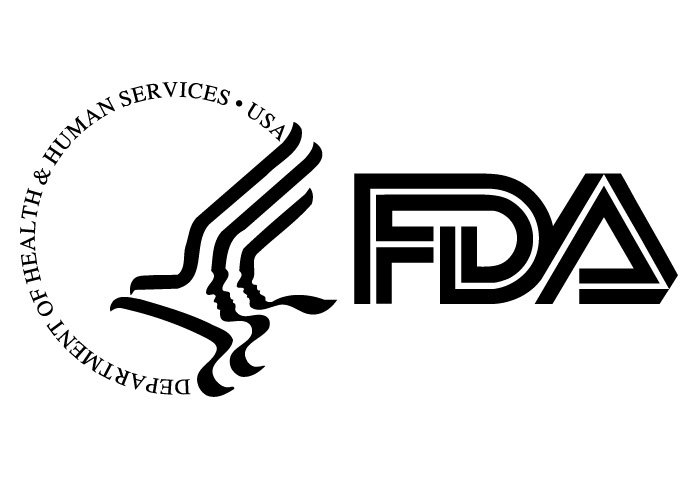 Supply Chain/Technology
Supply Chain/Technology
Telehealth in limbo: Providers split on continuing Medicare services during shutdown

Editor's Note Telehealth providers are divided over whether to continue serving Medicare patients after reimbursement expired alongside the federal government shutdown, Modern Healthcare October 9 reports. The impasse has forced organizations to weigh patient access against financial risk, with many issuing advance beneficiary notices warning patients they may be responsible…
Sustainable surgery can cut costs, reduce emissions, improve care, review finds

Editor's Note Surgical teams can dramatically reduce healthcare’s carbon footprint through waste reduction, energy efficiency, and smarter procurement, Cureus October 7 reports. The review’s authors describe surgery as both a major environmental challenge and a key opportunity for hospitals to align climate responsibility with clinical and financial goals. Healthcare contributes…
How digital tools help nurse leaders retain expertise, stabilize staffing, sustain efficiency

Perioperative leaders face a workforce transition unlike any in recent memory. By 2030, all baby boomers will have reached retirement age, and many veteran perioperative nurses are already exiting, taking with them decades of institutional knowledge. At the same time, the expectations of today’s workforce have shifted, placing greater value…
Federal pushback on CHAI exposes rifts over who should set healthcare AI rules

Editor's Note Federal officials’ public rebuke of the Coalition for Health AI (CHAI) highlights mounting tensions over who should shape guardrails for artificial intelligence (AI) in healthcare, Modern Healthcare October 10 reports. As hospitals accelerate AI adoption, industry leaders, regulators, and developers are clashing over how to ensure the technology’s…
FDA issues Class I alert for Abiomed Impella heart device over cybersecurity risks

Editor's Note The Food and Drug Administration (FDA) on October 10 classified a cybersecurity correction involving Abiomed’s Automated Impella Controller as a Class I recall, the most serious type, according to the FDA Medical Device Recalls and Early Alerts database. While devices are not being removed from clinical settings, the…
FDA accelerates medical device safety alerts to reach public within days

Editor's Note The Food and Drug Administration (FDA) has expanded its early alert recall program to include all medical devices, speeding up how quickly the public learns about high-risk safety issues, Modern Healthcare October 9 reports. The initiative allows the FDA to post early alerts within days of manufacturers notifying…
Considerations for external transportation of processed medical devices

The centralization of medical device processing to one facility is becoming more prevalent. Centralizing sterile processing activities reduces expenses while concentrating expertise. However, this also introduces new concerns. When sterile processing is located within the same building where instrumentation is used, transport occurs over smooth floors in a controlled environment…
AI is turning medical devices into learning systems, Google Cloud exec says

Editor's Note Artificial intelligence (AI) is driving medical technology from reactive tools to adaptive learning systems, Medical Device Network October 6 reports. Shweta Maniar, Google Cloud’s global director of healthcare and life sciences, said that advances in agentic AI are enabling medtech devices to anticipate patient needs, simplify operations, and…
FDA has begun requiring electronic De Novo submissions for new medical devices

Editor's Note Beginning October 1, the Food and Drug Administration (FDA) is mandating that all De Novo classification requests be submitted electronically using its eSTAR system, according to a final rule and guidance issued by the agency. As detailed in the September 30 release, the shift marks a procedural change…
AI-powered video models show promise for nursing skills assessment

Editor's Note A new study shows that video-language models (VLMs) can reliably evaluate nursing procedures, detect errors, and provide feedback, paving the way for scalable AI-assisted training in nursing education, Cornell University September 20 reports. The paper, titled “Automated Procedural Analysis via Video-Language Models for AI-assisted Nursing Skills Assessment”, outlines…

 Free Daily News
Free Daily News